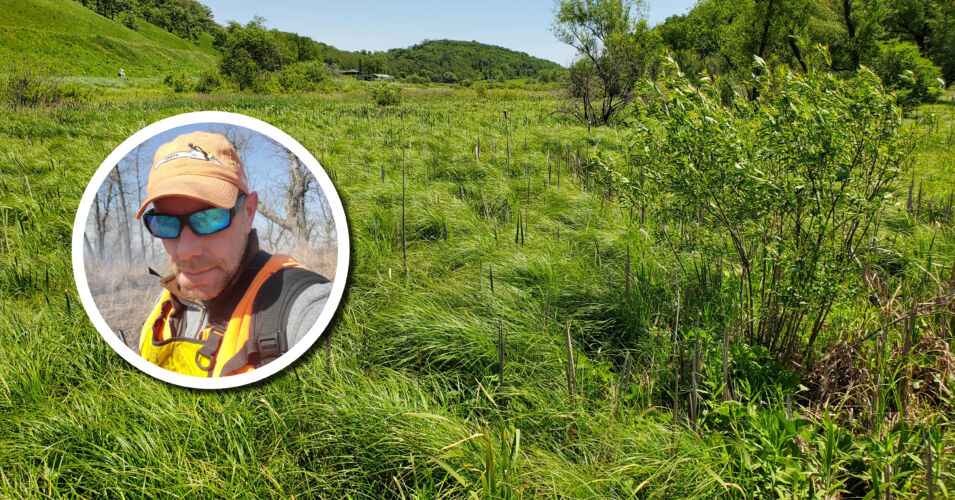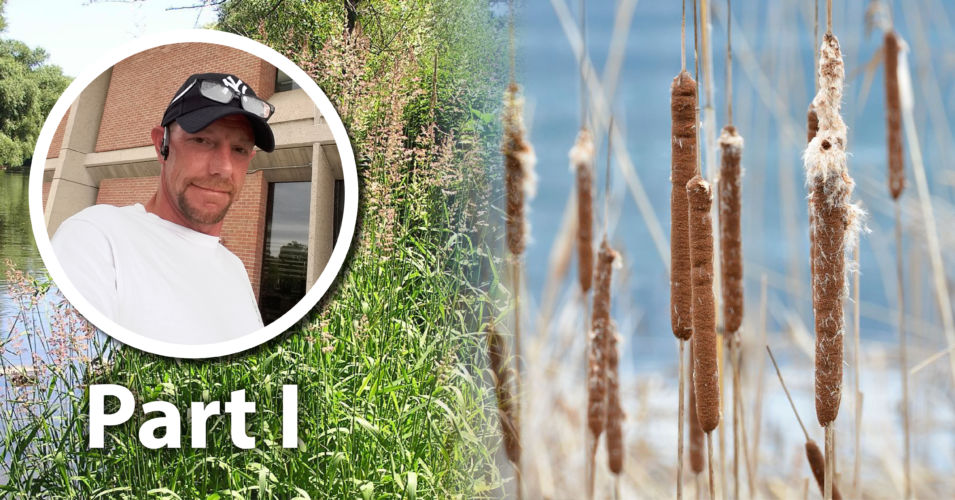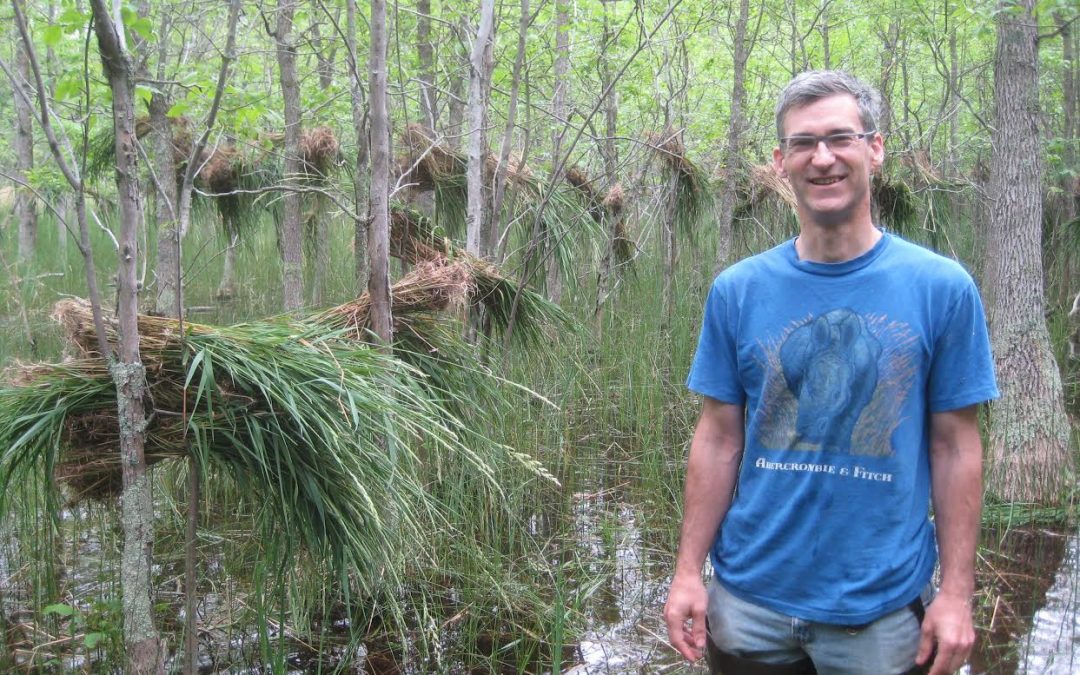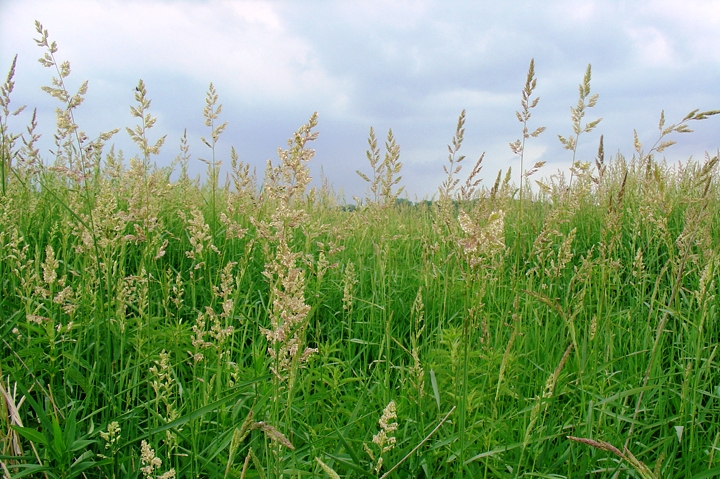Reed canarygrass (Phalaris arundinacea) is widely considered to be one of the most problematic invasive species of North American wetlands, and reversing a reed canarygrass invasion is generally considered an unrealistic management goal, even on a local scale. In point of fact, sufficient data have been published to understand how and why reed canarygrass invasions occur and also to design and implement effective management strategies for wetlands under threat from this species. However, this information is fragmentary and scattered throughout the relevant scientific literature (more than 1,000 studies from over 300 journals in ten different languages). To address this issue, beginning in 2002, restoration practitioner Craig Annen set out collecting and examining the extensive body of reed canarygrass literature in detail. In this presentation, Craig will summarize this literature review project and introduce an indexed literature compendium that will be made available to the wetland conservation community.
Craig Annen, Integrated Restorations, LLC.
Recorded November 15, 2024
Craig Annen is Operations Manager and Research Director with the firm Integrated Restorations, LLC. Craig is passionate about wetland management and conservation. He is also a gourmet chef and enjoys baseball and waterfowl hunting.
Related content
Wetland Coffee Break: Toward more effective invasive species management: Part 1
Managing reed canary grass
Learn how one set of landowners approached reed canary grass management in their wetland.
Invasive plant profile: Reed canary grass




